The Perseids meteor shower is one of the most prominent astronomical events of 2025, with up to 100 meteors per hour under ideal conditions. In addition, if you wake up early to watch the meteors before dawn, you can also see a rare sight: the conjunction of Jupiter and Venus on August 13 – the two brightest celestial bodies after the Moon.
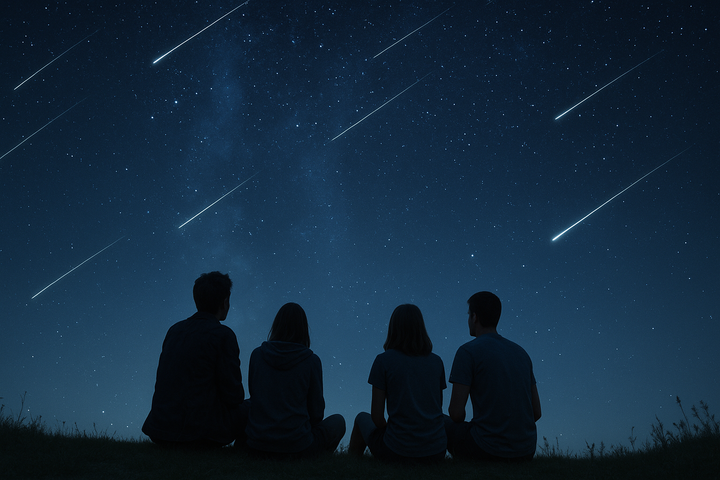
Meteor showers form when tiny dust particles hit the Earth's atmosphere at speeds of up to 215,000 km/h. (Source: Sciencefocus)
The Perseid meteor shower will peak on the night of August 12 and early morning of August 13, with a density of up to 100 meteors per hour under ideal viewing conditions. Observers in Vietnam should start from around midnight to before dawn, especially after 2 a.m., when the sky is dark enough and astronomical activity is strongest.
According to the Vietnam Astronomy and Cosmology Association (VACA), you should look to the northeast, at an angle of about 30–50 degrees above the ground. Ideal locations for viewing include high mountains such as Moc Chau, Tam Dao, Ba Vi or areas with little urban light such as coastal and rural areas.
In particular, on August 13, if you wake up early to admire the Perseids, you will have the opportunity to catch a rare sight when Jupiter and Venus – the two brightest celestial bodies after the Moon – move close together in the sky. However, the full moon on August 9 will still cause light interference at its peak, with a brightness of about 88%. Therefore, you should choose a place that can block the moonlight, such as behind a building or a large tree.
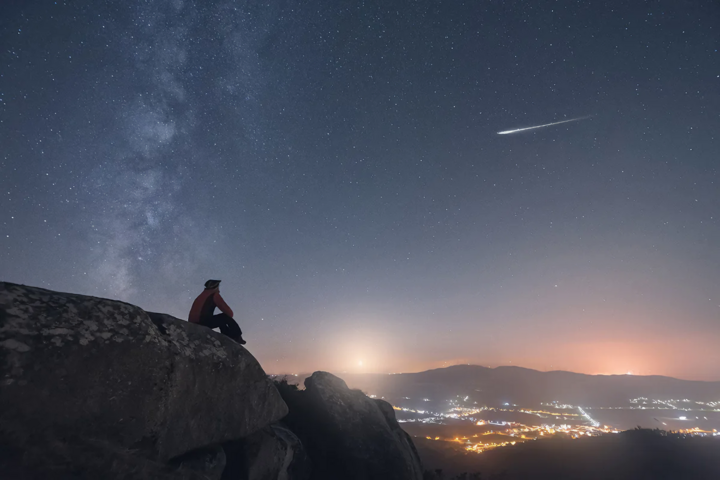
The best places to watch meteor showers are high in the mountains, far from city lights. (Source: Getty Images)
To have the full experience when admiring the Perseids meteor shower 2025, you should prepare some of the following tips:
- First, find a completely dark place, as far away from city lights as possible. This could be a dedicated dark sky spot, or simply the least lit corner of your garden with a clear view. Don’t forget to switch your phone to red light mode to keep your eyes from getting affected as you get used to the dark – some phones have this mode built in, others can be enabled with an app.
- Dress appropriately for the nighttime temperature. You should also prepare a comfortable place to sit – a reclining chair with a headrest will help relieve neck strain from staring up at the sky for long periods. If you sleep on the ground, don’t forget to bring a blanket for insulation and a pillow to prop your head up.
- Finally, give your eyes time to adjust to the dark – about 20 to 30 minutes. The more patient you are, the more likely you are to see more meteors. And remember, even a sudden flash of light can completely undo that adjustment.
The Perseids meteor shower forms when the Earth passes through the dust stream of comet Swift-Tuttle, small dust particles hit the atmosphere at speeds of up to 215,000 km/h, creating beautiful streaks of light we call shooting stars.
In addition to the Perseids, August can also record phenomena such as the Blue Moon, Mercury appearing close to the Sun, and Venus shining brightly in the early evening. Astronomy enthusiasts can plan to stargaze or take astrophotography during these times.

Mira Murati - Who is the woman who refused the $1 billion offer from Meta? 0

How to know if a song is generated by AI? 0
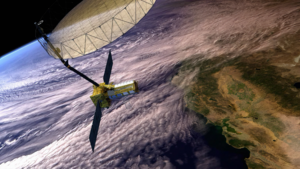
NISSAR - Earth surveillance radar satellite accurate to the centimeter 0

Software Engineer Lost His Job 4 Times in 18 Years: 'AI Isn't the Culprit' 0
Source: https://vtcnews.vn/ngam-mua-sao-bang-perseids-se-dat-cuc-diem-vao-giua-thang-8-tai-viet-nam-ar957770.html



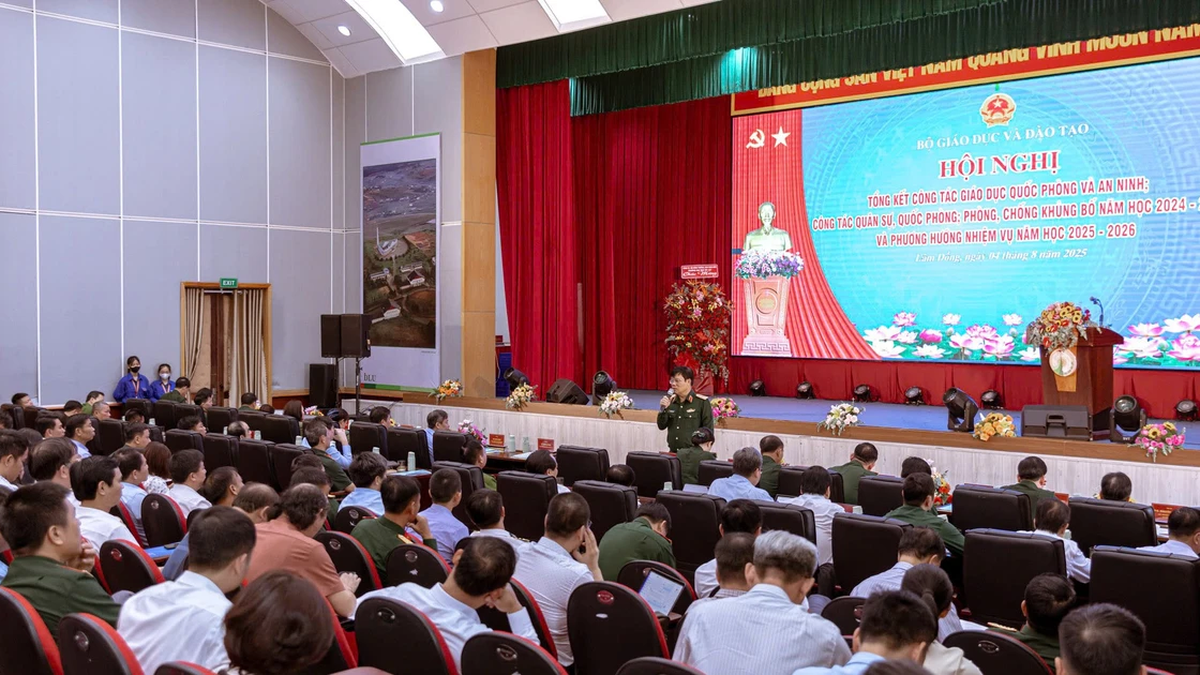



















































![[Maritime News] Two Evergreen ships in a row: More than 50 containers fell into the sea](https://vphoto.vietnam.vn/thumb/402x226/vietnam/resource/IMAGE/2025/8/4/7c4aab5ced9d4b0e893092ffc2be8327)







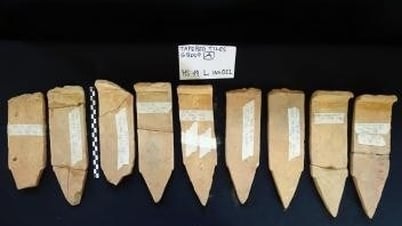
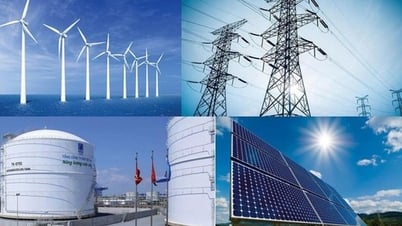



































Comment (0)